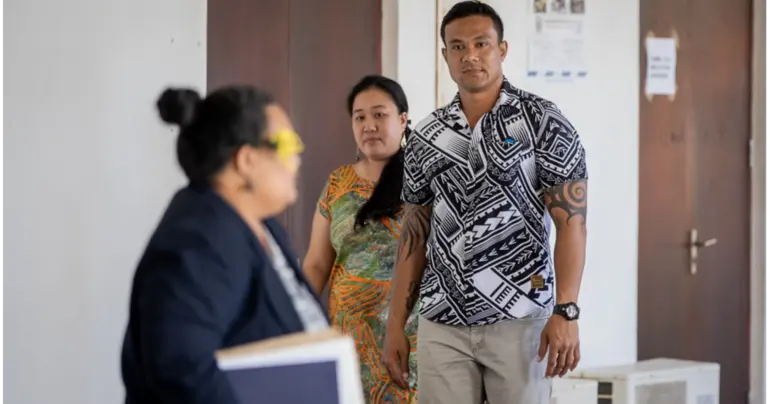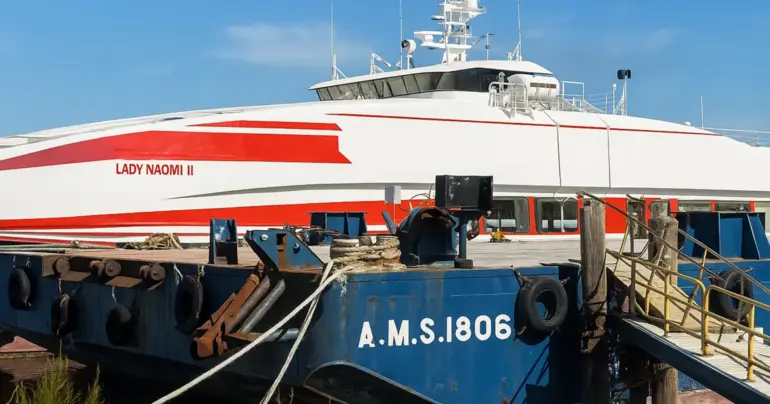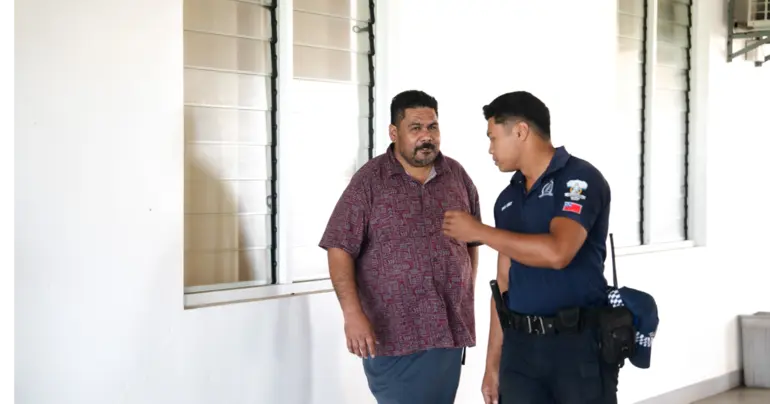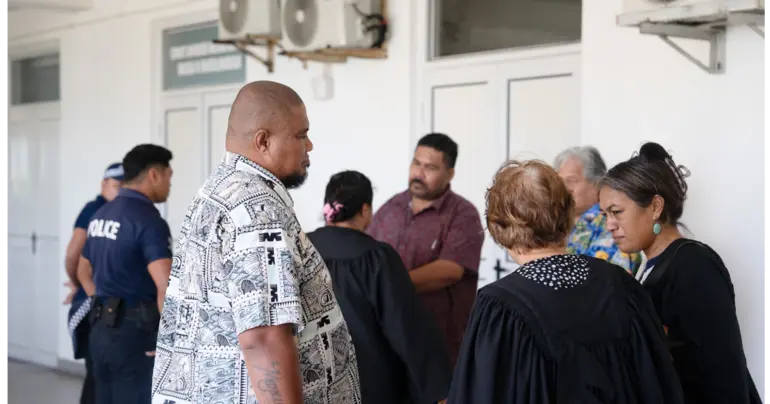Traditional houses threatened by sea level rise
A Tongan architect, Dr Charmaine ‘Ilaiū Talei, believes that the rising sea level threatens traditional Pacific Island houses and buildings.
During an interview with ABC Pacific, she discussed how this is so. Pacific architecture encompasses diverse forms, including earthen mounds, stone structures, and modern buildings.
Residents of the Pacific Islands face daily challenges like termite damage, cold, and ventilation issues despite the need for more resilient housing due to climate change. Pacific housing must adapt to industrialised building materials while preserving cultural values and supporting health and well-being.
Across the Pacific, traditional buildings are threatened by unprecedented sea level rise and climate change.
Whether it's a Samoan fale, a Fijian Bure Kalou or Vanuatu's Nakamal structure, these unique structures have housed and served as Pacific Island homes for centuries.
"We have to accept that industrialised building materials such as steel roofing and concrete brick... that's going to be the future of Pacific housing, we can't deny that," said Dr Charmaine 'Ilaiū Talei, Associate Dean Pacific of Faculty of Engineering and Design at Auckland University.
"The question is how do we design houses with these materials to reflect our culture and values?"
"It depends on what lens we're taking. If we're looking from the view of climate change or the climate challenges, definitely we need more resilient Pacific housing. There is research out there about building back better, right housing, which is focused on our roof systems, ensuring that during a cyclone or heavy winds, the roof doesn't uplift," she said.
"But when we're talking about sea level rising, I think there's really low research. There's not enough research that's focused on how do we improve those who choose to like where they are and those who choose to not relocate to higher grounds. So, in terms of the situation, if we are looking from that lens, there still needs to be more work."
"I am currently working on passive design technologies, and this includes affordable strategies, and design strategies, like looking at how the building is orientated to maximise natural ventilation through the house, using plants and trees to cool down the house. Looking at appropriate building materials, contemporary building materials that can limit heat, gain or store heat. We need to be aware of that there are micro-climates in the Pacific. It's not just all warm."
Dr Charmaine highlights the importance of integrating local materials and traditional building techniques with modern methods to create sustainable and culturally appropriate housing.
She also stressed the importance of collaboration between architects, engineers, and other design professionals to build resilient structures. She made reference to the earthquake that occurred in Vanuatu recently where lives were lost due to a building that collapsed.
"Unfortunately that is still the occurrence. In our Pacific cities, I guess with earthquakes, the issue is, are our buildings flexible enough to move with those shapes and that's the issue there," she said.
"I know there's a concern around capacity building that's something just across the Pacific we all need, which is really our building our capacity as design and building professionals, and building to a standard that will face whatever it encounters in the future. Whether it's an earthquake or tsunami, that is a big topic that we all need to focus on."











